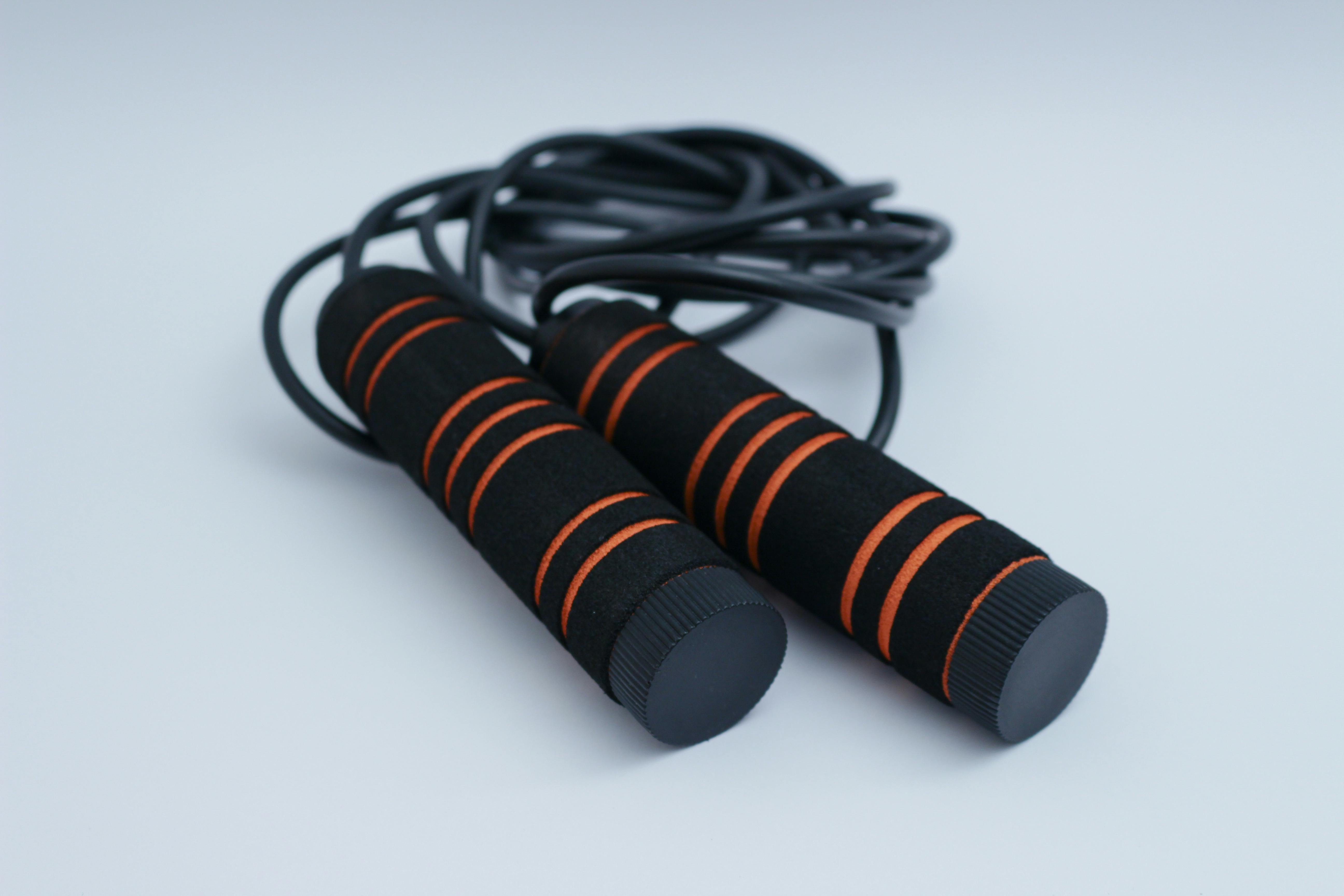Foot pain and diabetes
Foot pain can certainly be caused by a number of reasons. However, foot pain caused by diabetes is painful and very common for those living with diabetes.
Diabetes and foot pain are generally defined by four different types.
A nerve problem (where the nerves themselves are affected by disease) called peripheral neuropathy is the most common source of diabetes-related foot pain. Peripheral neuropathy presents as sensory, motor, and autonomic neuropathy.
Sensory neuropathy is the most common and is defined by symptoms in which the amount of pain is much greater than the source that causes it. For example, the simple act of lightly touching or pulling on your socks triggers a painful reaction. Also, with sensory neuropathy you may experience some numbness along with symptoms of tingling, burning, or even shooting pain.
Since blood sugar can play a role in this type of pain, monitor your blood sugar levels over the last few weeks to see if there may be an upward trend toward high levels.
Relief is of the utmost importance in these cases and can come from a variety of applications. Sometimes massaging the feet or using a foot roller can reduce the level of pain. Anything you can do from a shoe perspective, like padded inserts and supports, can also help. Anything that helps to mitigate the pressure and bumps of daily activities on the foot and / or any rubbing or rubbing is beneficial. There are also prescription drugs that your doctor may recommend that often work.
When the nerves in your muscles are affected by diabetes (motor neuropathy), your muscles will start to feel weak and sore. Although the smaller muscles of the feet are not usually the first to be affected, their balance can eventually be affected, which can cause alignment problems and / or rubbing in the feet, ultimately resulting in pain. Support, exercise, stretching, and massage are your best weapon against motor neuropathy. Keeping your muscles healthy and flexible is a key element in alleviating this type of foot pain.
Autonomic neuropathy affects the nerves that we do not consciously control, hence the “self” of the autonomic. With this existing condition, your sweating triggers are altered and as such you may suffer from dry or cracked skin. For your feet, this can result in a buildup of calluses on your feet, thickened toenails, and things that can lead to foot pain. Daily use of conditioning agents specifically formulated for diabetes can help or prevent this problem.
In people with diabetes, adequate circulation is a primary concern. Circulation problems in the feet can cause severe pain. Treatment of circulation problems should always be done in conjunction with your doctor. Various approaches may include an exercise program, physical therapy, medications, or even surgical procedures, but again, check with your doctor before considering any strategy that involves addressing a circulation problem.
In people with diabetes, muscle and joint pain is not uncommon. If the tendons and joints begin to stiffen along with the imbalances associated with peripheral neuropathy and gait alignment occurs, the foot and joints become painful. In fact, if misalignment continues while walking, it can lead to other foot disorders such as corns, bunions, and hammer toe.
People living with diabetes are more susceptible to infections within their body due to the changes that have taken place in their body. If a bacterial infection attacks the foot, the foot may become red, swollen, hot, and painful. Keeping your immune system as healthy as possible by controlling blood sugar, proper nutrition, and exercise should be a priority in your defense against infection.
If you have diabetes, in addition to considering the information above, work closely with your primary care physician to ensure that you receive the appropriate information and care for your personal situation.
